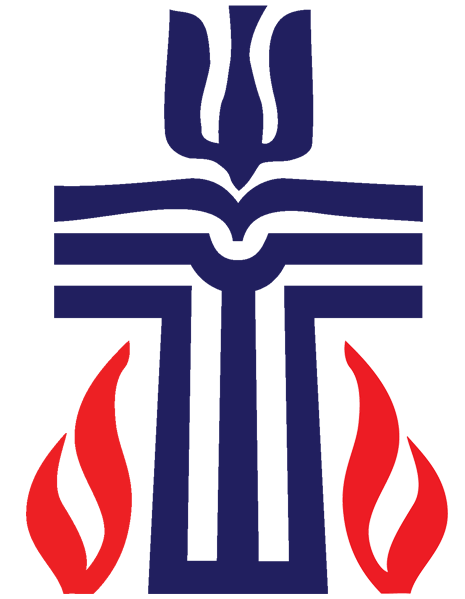It is Trinity Sunday and we are starting with one of the most iconic moments in the First Testament—this vivid image of God, in all God’s glory, and at the same time, obscured, behind fire and smoke and terrifying angels, not to mention the very real fear of the prophet to whom God is giving this vision. Fear clouds our vision. But this is one and the same God whom the apostle Paul references in his letter to the Romans, the God whom we might call, “Abba! Father!” This is the same God whom Christians call, Triune, the God we believe to be most accurately described as “Trinity.”
Isaiah's Vision of God on the Throne, from Art in the Christian Tradition, a project of the Vanderbilt Divinity Library, Nashville, TN. https://diglib.library.vanderbilt.edu/act-imagelink.pl?RC=29250 [retrieved April 24, 2021].





















